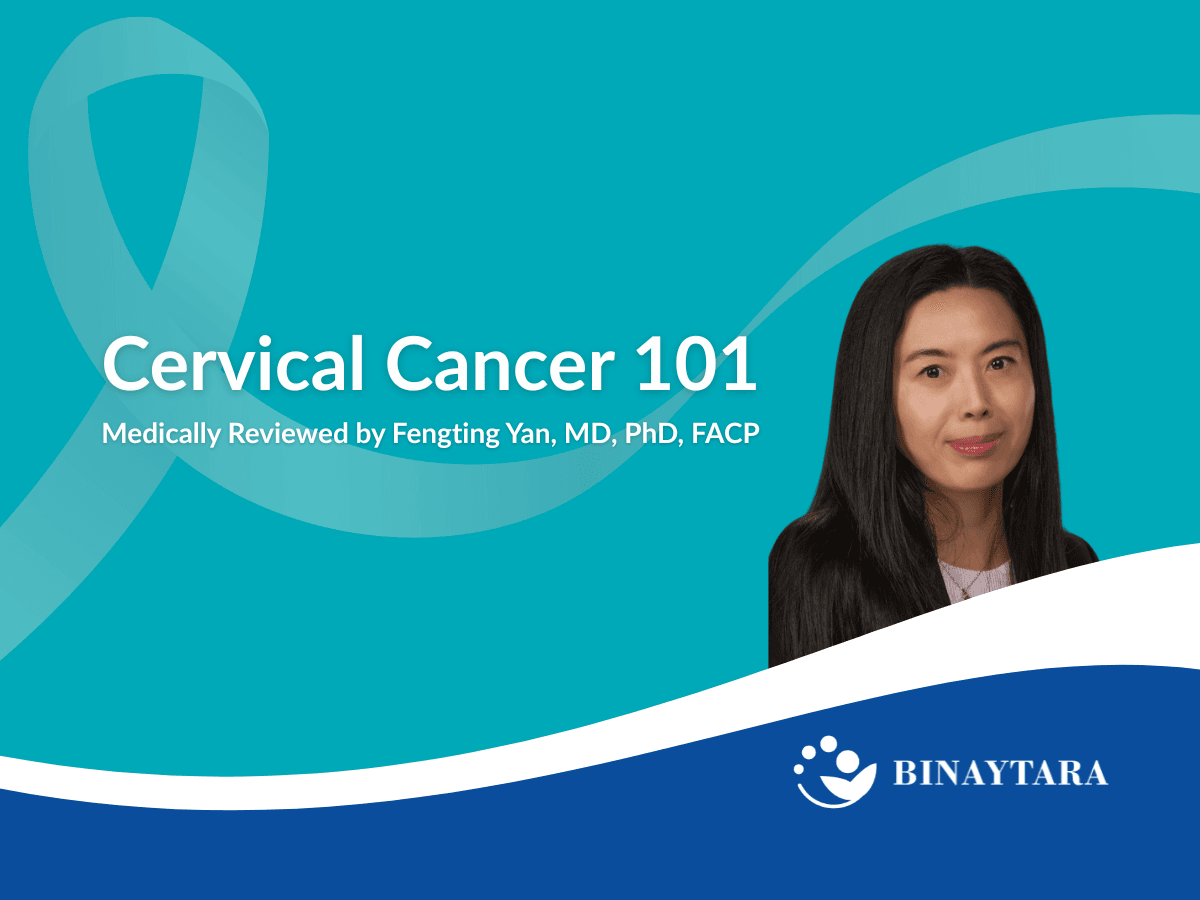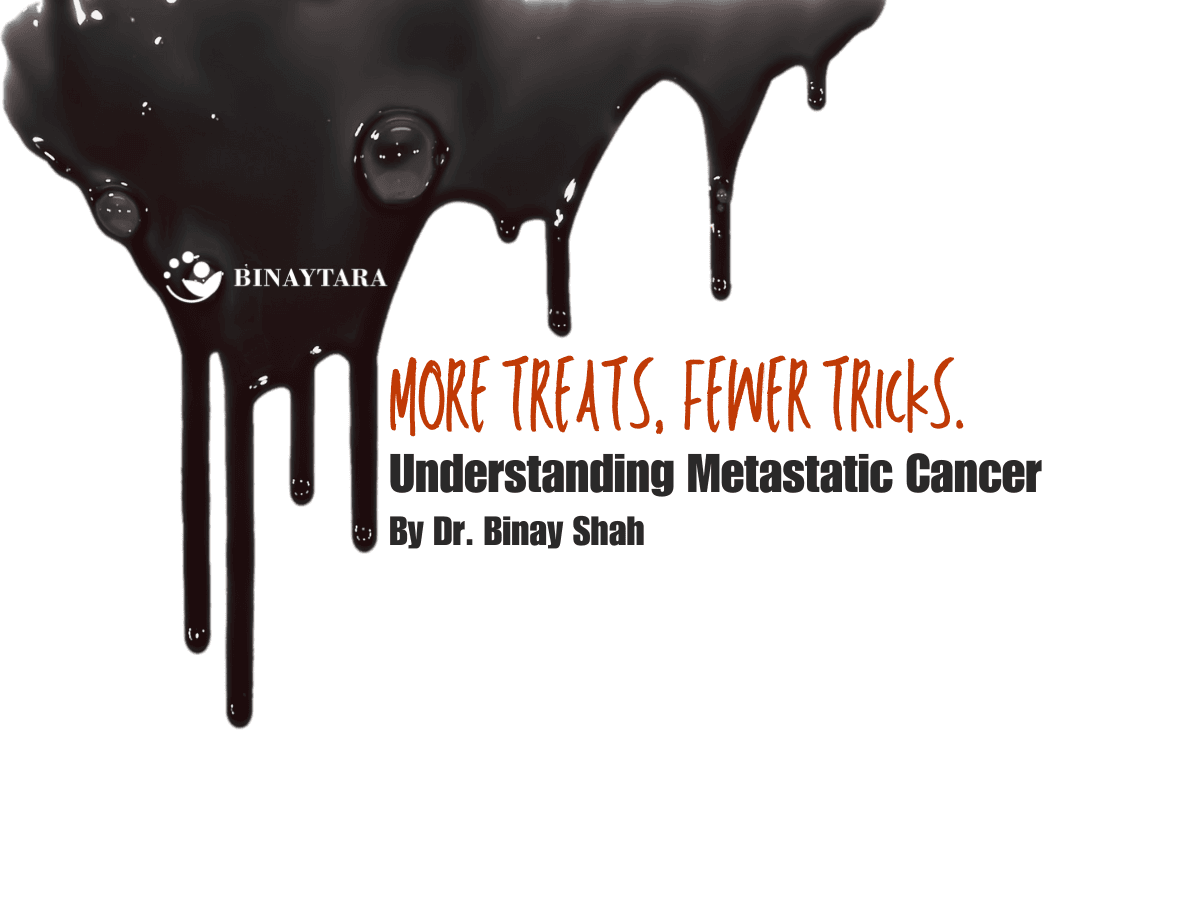
The Cancer News
AN AUTHORITATIVE RESOURCE FOR EVERYTHING ABOUT CANCER
More Treats, Fewer Tricks: Taming the Terror of Metastatic Cancer

During Halloween, the prevailing question that echoes through the hollows of the night is always, “Trick or treat?” But for cancer—a disease that spreads stealthily, invading major organs—the statement made by migrating tumors is not a question, but a declaration: “Seed and Soil!”
Metastasis, a term that describes the spread of cancer from its primary location to a different organ in the body, is the ultimate ‘grim reaper’ of cancer. When a cancer has metastatized, it is classified as advanced or late stage, or in numerical terms, stage 4 cancer. Generally, metastasis is responsible for 90% of all cancer deaths. Unlike primary tumors, which grow locally and can often be cured with surgery or radiation, metastatic cancer affects multiple organs, making treatment more complicated. As a result, the performance of multiple organs is compromised, leading to systemic dysfunction. For many, the result of a metastatic cancer diagnosis can be fatal. It is this reality that makes the words “You have cancer” so terrifying.
In my experience working with patients, when they learned of a cancer diagnosis, especially if it had spread, their reactions often included questions like, “Am I going to die?” or “How long do I have to live?” Metastasis evokes a mix of fear, distress, confusion, and anxiety. I recognize these emotions, provide education on what a metastatic stage means for their particular cancer, and help guide discussions about treatment options.
The concept of the "seed and soil" hypothesis is a useful way to understand cancer metastasis. It describes a tumor cell leaving its organ of origin like a seed, floating through the bloodstream to find another organ—a fertile soil—to grow in. This process is supported by disguise mechanisms switched on by cancer cells, allowing them to escape the onslaught of the body’s defense system.
For example, to begin metastasis, a cancer cell acquires all the necessary traits to survive travel, much like an evil spirit preparing to break through the portal to the living world. After detaching from its original site, the cells enter the bloodstream and travel to invade a distant organ, marking the start of havoc-wreaking on the human system. Brain metastases disrupt the central nervous system. Lung metastases impair respiratory function and result in lung infections. Bone metastases reduce immune system function and lead to weak bones and fractures. These secondary cancers, which creepily colonize multiple organs, stack a pile of illnesses in patients that often forebode a fatal end.
The ancient Celts, whose winter tradition has now evolved into Halloween, believed the boundaries between the living and the dead blurred on the night before the new year. This notion parallels the conundrum of cancer. How do we make the body distinguish normal cells from abnormal ones? How do we destroy cancer when it looks so similar to healthy cells? The line has become blurred, and ongoing research efforts aim to draw that line back in the sand, thicker.
Now, while cancer is declaring "seed and soil" and tricking the body into believing it is harmless, researchers are asking a slew of cutthroat questions: What makes cancer different? How can we alert the body to cancer as an invasive foreign entity? Just as druids built huge sacred bonfires and wore costumes to banish spirits, researchers, armed with science and technology, are now developing treatments to spell the doom for cancer metastasis.
Blocking the spread of cancer could mean the difference between hope and despair for patients. Several of the recent FDA approvals this year target metastatic cancers, ranging from lung and breast to colorectal and prostate cancers. Particularly for hormone-resistant metastatic breast cancer, which historically has poor outcomes, these new treatment options have led to improved overall survival. For example, a subtype of metastatic breast cancer typically progresses even after hormone therapy, leading to grim survival statistics. Now, with the recent FDA approval of a drug like Inluriyo, which blocks the estrogen hormone receptor, the risk of cancer progression has been slashed by about 38%.
The deadly persona of metastatic cancer is slowly eroding for certain types of cancer. I have had several patients with metastatic disease who went into long-term remission. With advances in the field, this is going to become more common in the coming years. For example, many patients with lung cancer on immunotherapy have experienced excellent long-term survival. Many years ago, one of my patients with metastatic prostate cancer had exhausted all treatment options. But after enrolling in a clinical trial with abiraterone, they achieved long-term remission. In these cases, it can be difficult to pinpoint exactly what led to long-term remission. Ultimately, patient outcomes usually depend on disease biology and patient-specific factors.
Hearing “Your cancer has spread” kindles fear, and a patient’s world can suddenly become eerie. At that moment, the disease is not just biological; it has a profound psychosocial impact. Depression, anxiety, and fear of death all bubble up at once. So, patients should always remain at the center of every clinical decision. To quell patients’ fears, physicians may encourage them to ask questions about their disease and treatment options, and to share their values and goals openly with the entire care team. In metastatic cancer management, it is also important to balance hope with realistic outcomes.
Providing effective cancer care goes beyond treating the disease. It requires understanding each patient’s values, culture, and priorities. My oncology nonprofit, Binaytara, addresses this through its continuing medical education conferences, which combine the latest advances in oncology with a focus on often-overlooked supportive aspects of cancer care. My goal is to help clinicians support cancer patients at every stage of their treatment journey with care that is both comprehensive and centered on the patient’s needs. As physicians continue to combat metastatic cancer on all fronts, the hope is that soon the deadly nature of this disease will be transformed into one that is no longer scary, much like how Halloween evolved from a fearful night to one of fun costumes and sweet treats.
About Author
Binay Shah, MD, is a hematologist-oncologist and the co-founder and president of Binaytara, a Bellevue-based nonprofit dedicated to reducing cancer health disparities globally through cancer care, education, research, and advocacy.

Stomach Cancer 101
2025-11-28

Does Sugar Feed Cancer?
2025-11-19
Share Article



